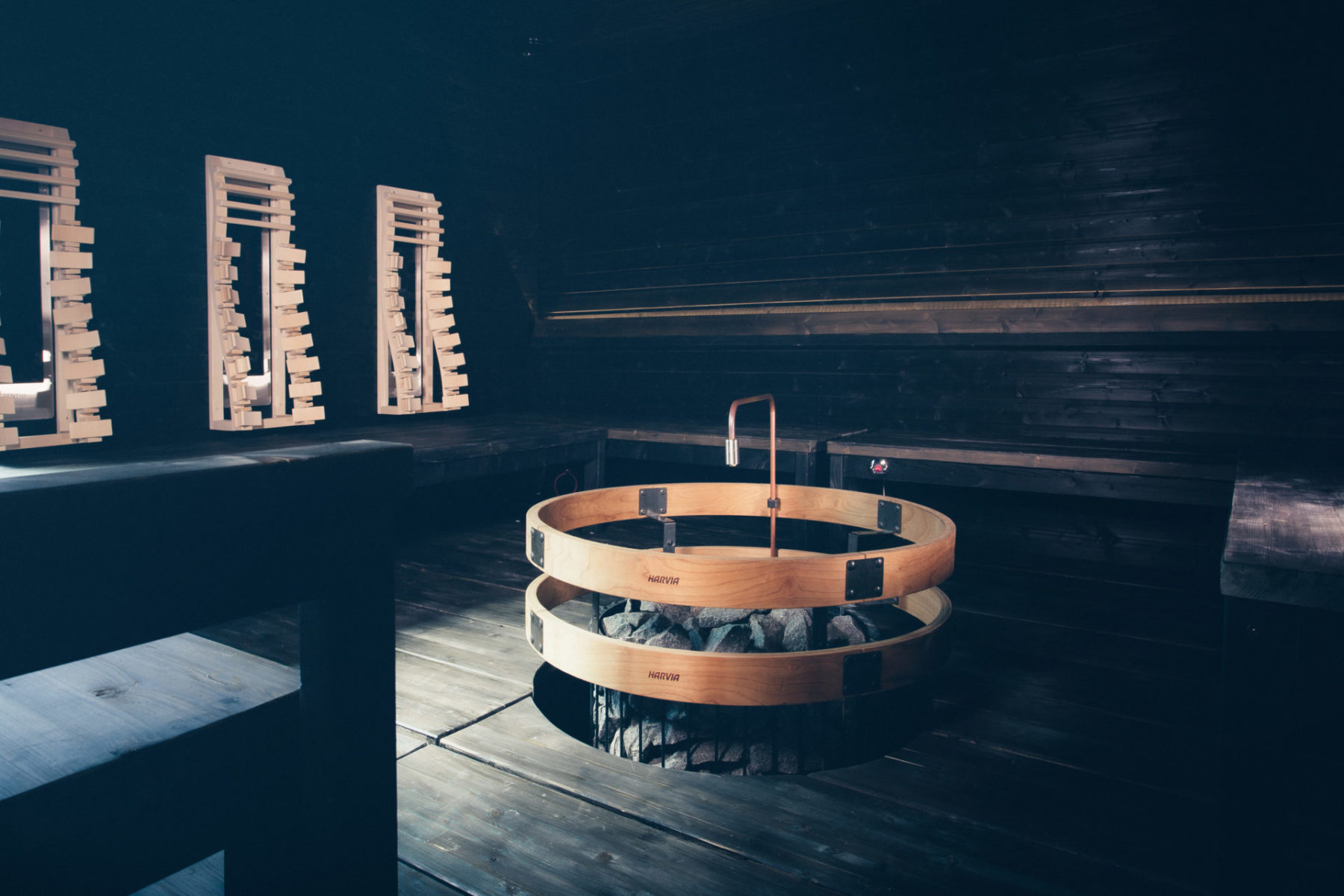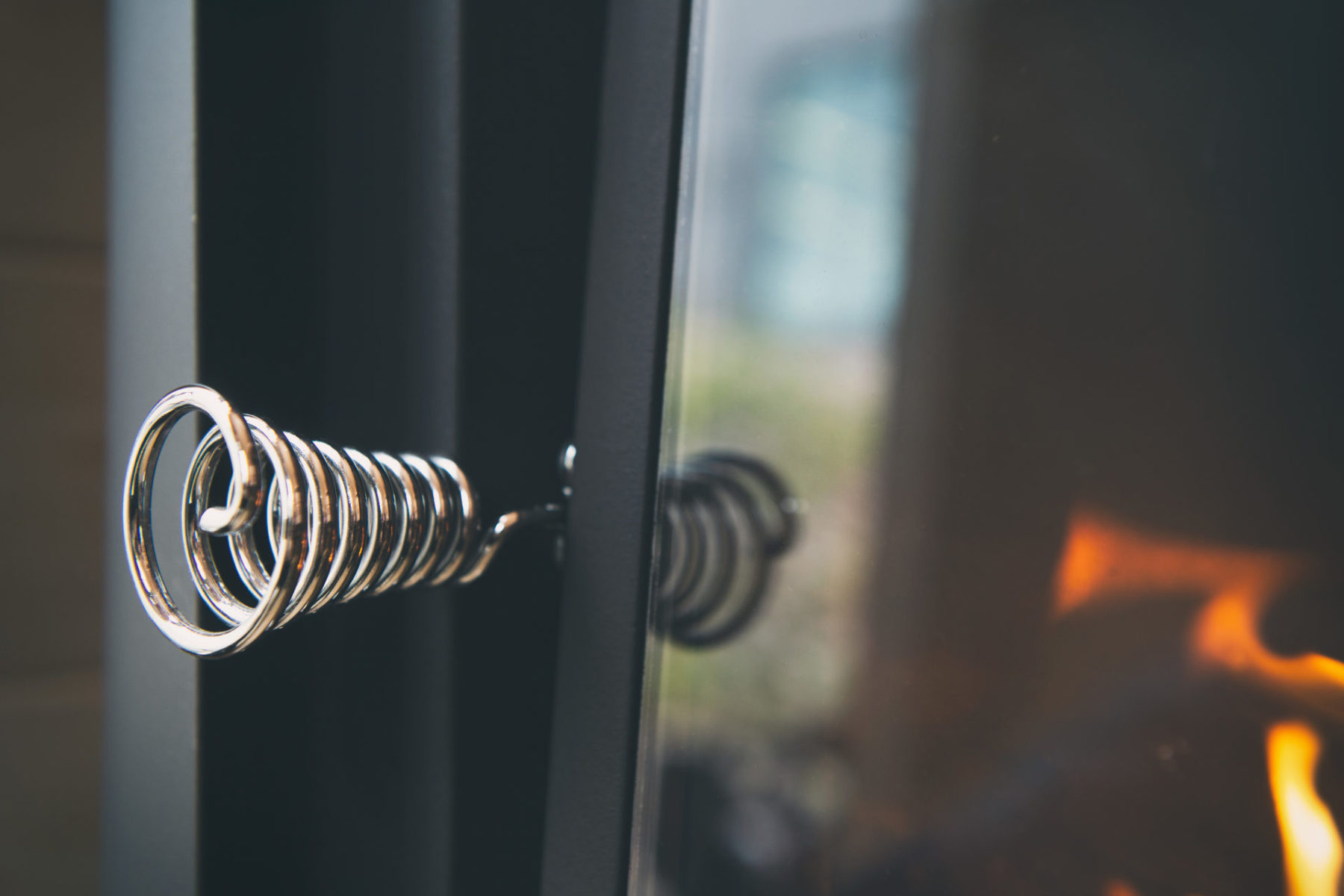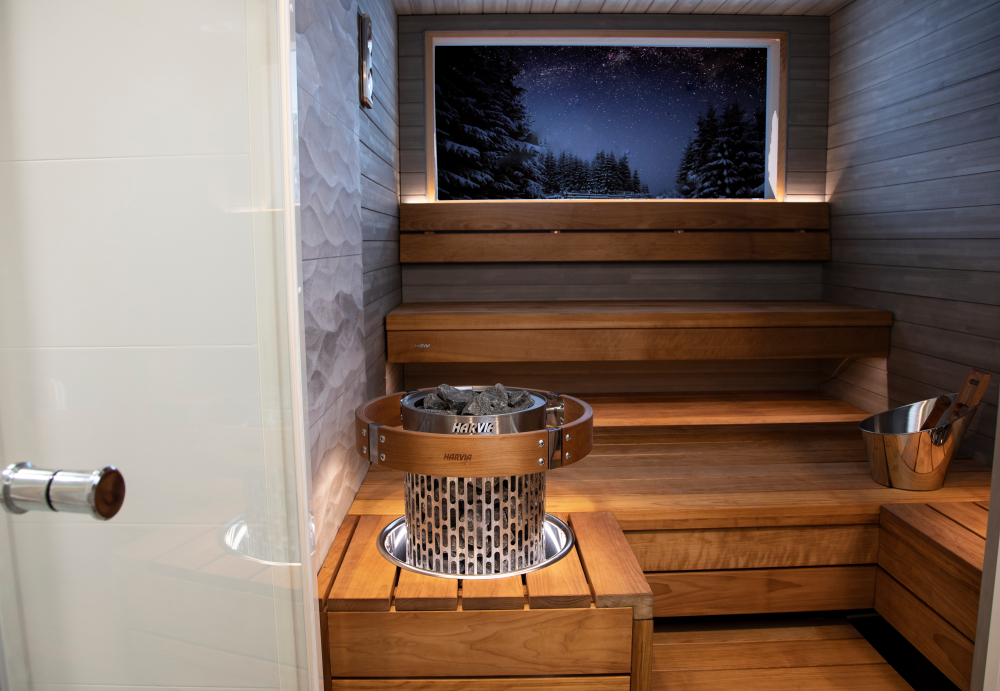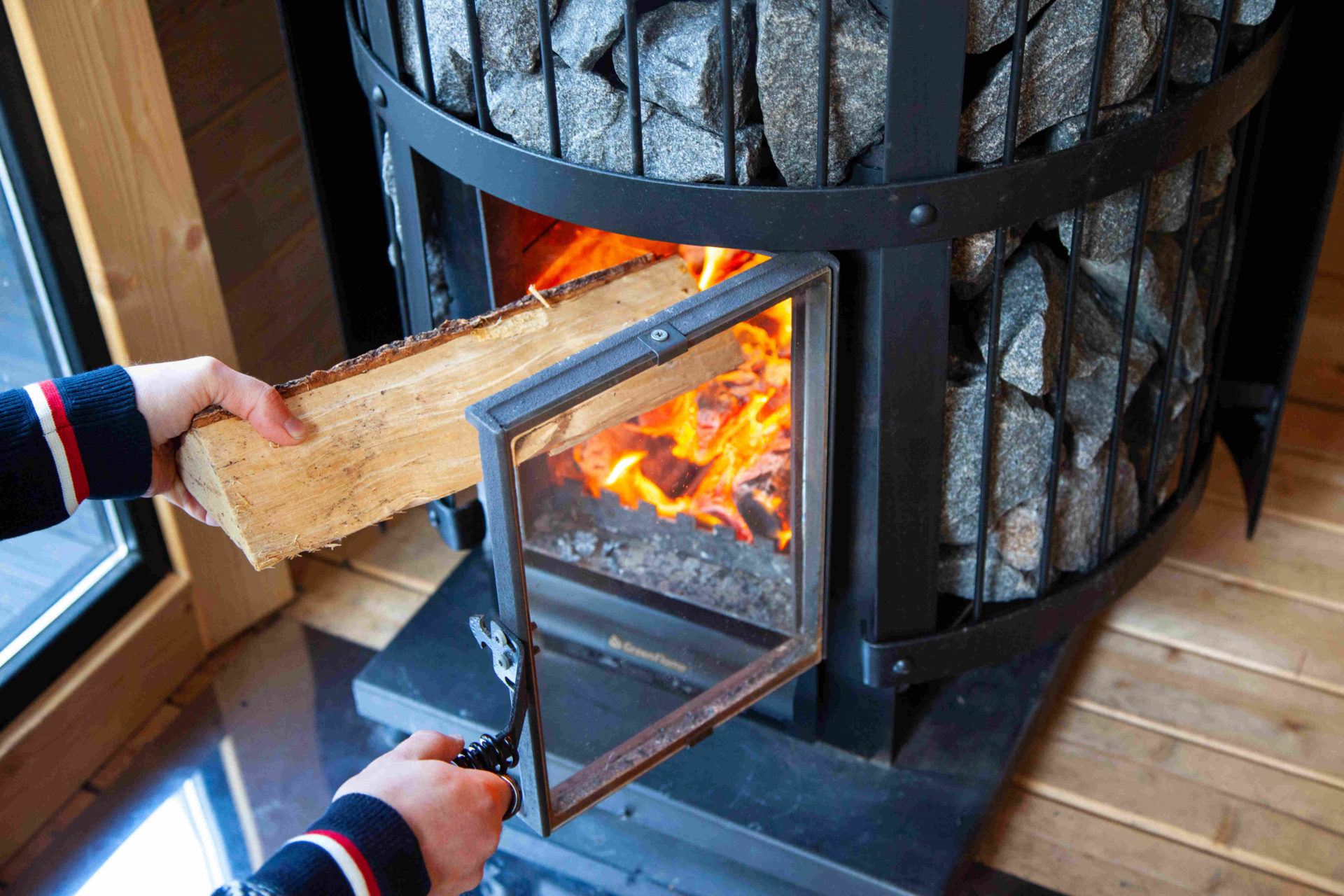The heater is the heart of the sauna – and is one of the most important parts to inspect during annual sauna maintenance periods. The process is similar for both wood-burning and electric heaters. The maintenance tips are written by Harvia, Sauna from Finland’s strategic partner.
It is recommended that the stones at least be restacked, inspected, and cleaned every year. Remove them and place them on a mat outside the sauna. Check the strength by tapping two stones together. Stones which crumble easily or are discoloured, should be discarded. Grit from crumbling stones can damage the heating elements and stainless steel of the heater.

Just as dust collects in the sauna, dust also collects on the stones. Wash the dust and debris from the stones with warm water and a soft brush. A dust free sauna keeps the air at its freshest.
Inspect the heater before restacking the stones
Now that the stones are clean, don’t put them back yet! Inspecting the heater and all its components is easier when the stones have been removed.
In wood-burning heaters, inspect the fire chamber with a flashlight to check for holes, damaged, or defective parts. Spare parts are usually available from the manufacturer. If the sauna doesn’t heat up properly, it often means that the heat is likely escaping from some part of the heater. Check that the hatch closes completely, and of course, empty the ash tray regularly. Ash and soot may be wiped clean from the surfaces.
In electric heaters, always make sure the electrical breaker is switched off first. Inspect the heating elements with a flashlight to check for damaged or defective parts. If the sauna doesn’t heat up properly, it often means a heating element may be defective. Spare parts are usually available from the manufacturer.

Restacking the stones after the inspection
Restacking the stones is a critical process – with some arguments for different methods. Stones should be stacked so that air can continue to circulate in between them, creating good steam.
In wood-burning heaters, larger stones should be placed at the bottom with smaller stones gradually placed at the top. The idea is that larger stones, closer to the fire chamber, will retain heat better. Smaller stones at the top will create better steam, as water is poured onto a larger surface area with more free space in between them.
In electric heaters, restacking should be done carefully as to not damage the heating elements. Larger stones should be placed closest to the heating elements so that the heating elements are supported and do not bend or move freely. Ideally, smaller stones are placed on the outside and top wherever water can be thrown. For example, in Harvia’s Cilindro models, pillar heaters, or electric heaters with large stone capacity, there is a lot of surface area to be utilized for throwing steam.

Depending on the quality of water, limescale and other mineral stains may build up on the surface of the heater. These stains can be easily removed with a mixture of water and vinegar or citric acid powder.
These are the recommended minimum inspection and maintenance tips for heaters. Although Harvia sauna heaters are built to last many years, keeping up with annual maintenance and inspections will guarantee that your heater is providing the best heat and steam.






